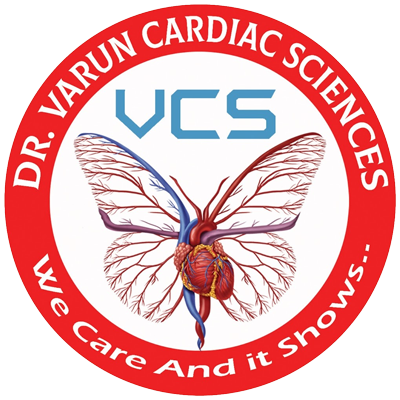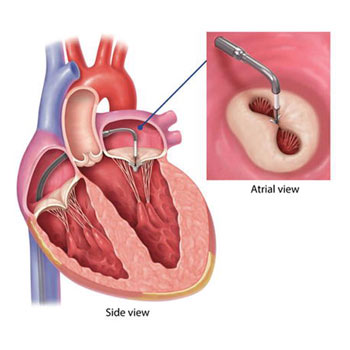Interventional cardiac surgery stands at the forefront of modern medical advancements, revolutionizing the treatment of cardiovascular diseases. This specialized branch within cardiothoracic surgery employs minimally invasive techniques to diagnose and treat various heart conditions, offering patients significant advantages over traditional open-heart procedures. In this comprehensive guide, we delve into the intricacies of interventional cardiac surgery, exploring its techniques, benefits, and applications in contemporary medicine.
What is the evolution of interventional cardiac surgery?
Interventional cardiac surgery has evolved dramatically since its inception, driven by innovations in medical technology and surgical techniques. Traditionally, cardiac surgeries involved extensive incisions and prolonged recovery times. However, with the advent of interventional techniques, surgeons can now perform intricate procedures through small incisions or catheters, reducing trauma to the patient’s body and enhancing recovery times significantly.
What are the techniques and procedures involved in interventional cardiac surgery?
Angioplasty and Stenting
Angioplasty, a cornerstone of interventional cardiology, involves widening narrowed or obstructed arteries. During the procedure, a thin catheter with a balloon at its tip is inserted into the blocked artery and inflated to compress fatty deposits, restoring blood flow. Often, a stent—a small mesh tube—is placed to keep the artery open and prevent re-narrowing.
Valvuloplasty
Valvuloplasty addresses heart valve abnormalities without the need for open-heart surgery. Using a catheter-based approach, surgeons repair or replace diseased heart valves, restoring normal blood flow and improving cardiac function.
Ablation Procedures
Ablation techniques are employed to correct abnormal heart rhythms (arrhythmias). By precisely targeting and destroying the abnormal tissue causing the irregular heartbeat, these procedures restore the heart’s natural rhythm.
Closure of Congenital Heart Defects
Interventional cardiac surgery also treats congenital heart defects, such as atrial septal defects (ASDs) or patent ductus arteriosus (PDA), using devices inserted through catheters to seal or repair the defects.
What are the advantages of interventional cardiac surgery?
The shift towards interventional techniques has introduced numerous benefits for patients undergoing cardiac procedures:
- Minimally Invasive: Procedures involve smaller incisions, reducing trauma, pain, and recovery time.
- Reduced Hospital Stay: Many interventional procedures allow patients to recover faster, often requiring shorter hospital stays compared to traditional surgeries
- Lower Risk of Complications: With fewer incisions and reduced exposure of internal organs, interventional surgery lowers the risk of infection and other complications
- Improved Quality of Life: Quicker recovery times mean patients can return to their daily activities sooner, with enhanced cardiac function and improved overall health
Applications in Modern Medicine
Interventional cardiac surgery has broad applications across various cardiac conditions, including
- Coronary Artery Disease: Addressing blockages in coronary arteries to prevent heart attacks
- Valvular Heart Disease: Repairing or replacing diseased heart valves
- Structural Heart Disease: Correcting defects in the heart’s structure, such as atrial septal defects or patent foramen ovale
- Arrhythmias: Treating irregular heart rhythms through ablation techniques
These advancements underscore the versatility and effectiveness of interventional techniques in managing a spectrum of cardiovascular disorders.
Future Directions and Innovations in Interventional cardiac surgery
The future of interventional cardiac surgery holds promising developments in technology and technique refinement. Ongoing research focuses on enhancing procedural precision, expanding treatment options, and further reducing procedural risks. Advances in imaging technologies, such as 3D mapping and virtual reality, enable surgeons to visualize intricate cardiac structures with unprecedented clarity, paving the way for more precise interventions.
Interventional cardiac surgery represents a transformative approach to managing cardiovascular diseases, offering patients safer, more effective treatment options with faster recovery times and improved outcomes. As technological innovations continue to propel this field forward, the potential for further enhancing patient care remains vast. By embracing these advancements, healthcare providers can deliver optimal cardiac care, ensuring better quality of life for patients worldwide.
In summary, interventional cardiac surgery stands as a testament to the relentless pursuit of medical excellence, driving innovation and redefining standards in cardiovascular care.

